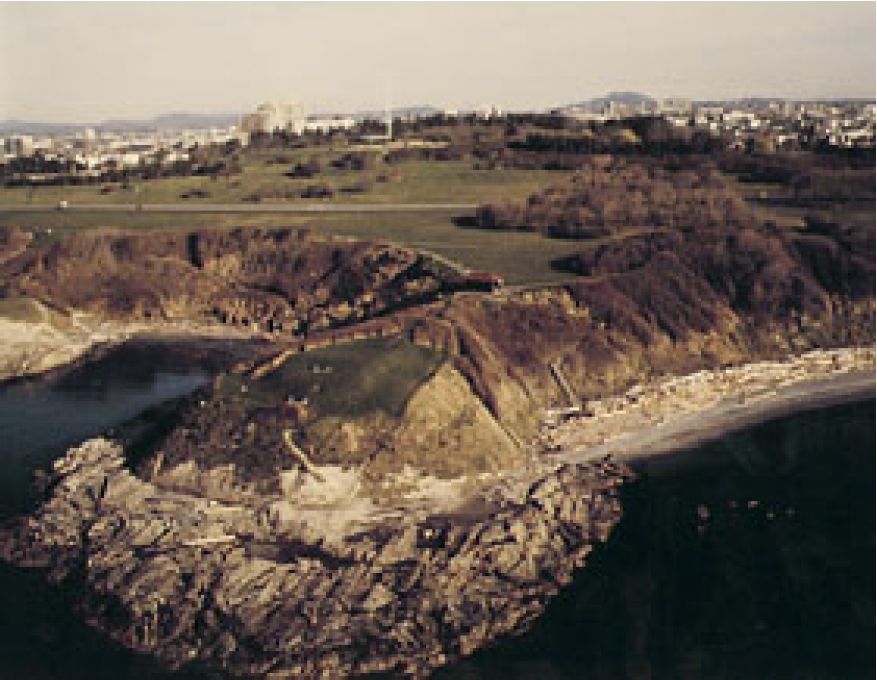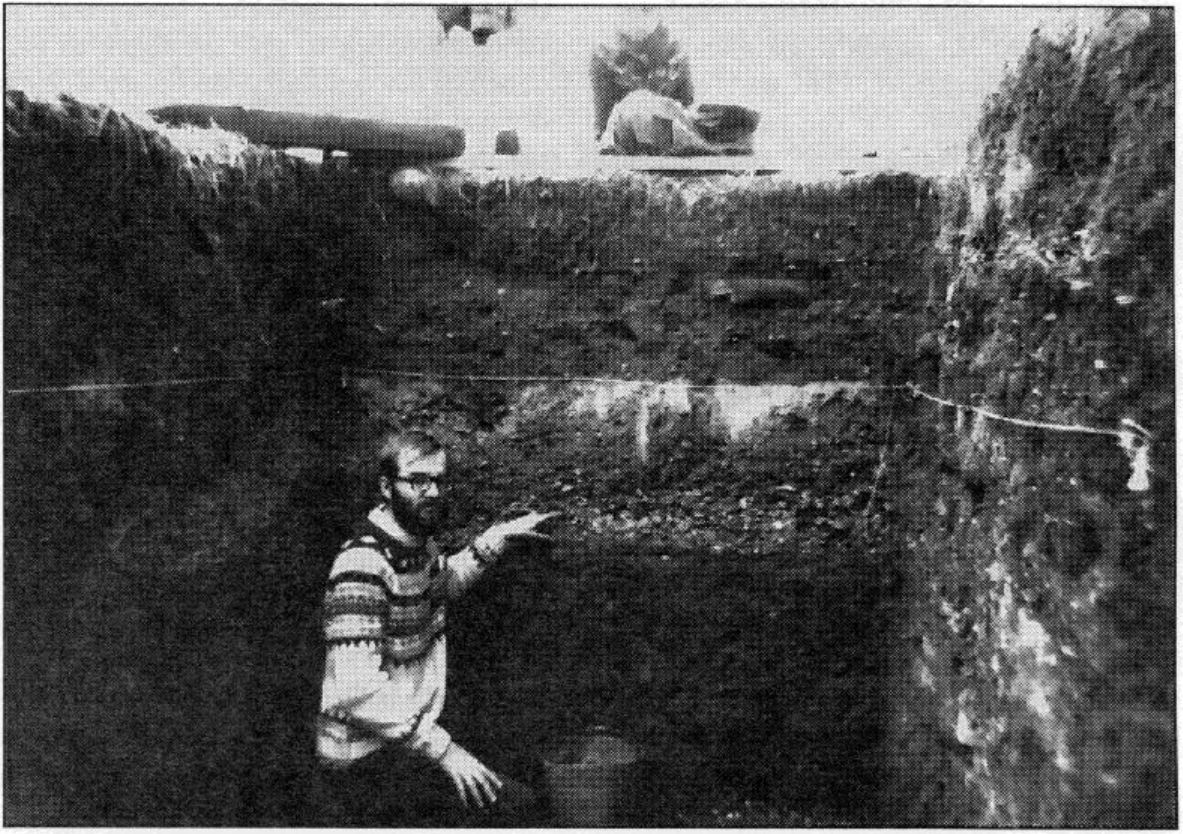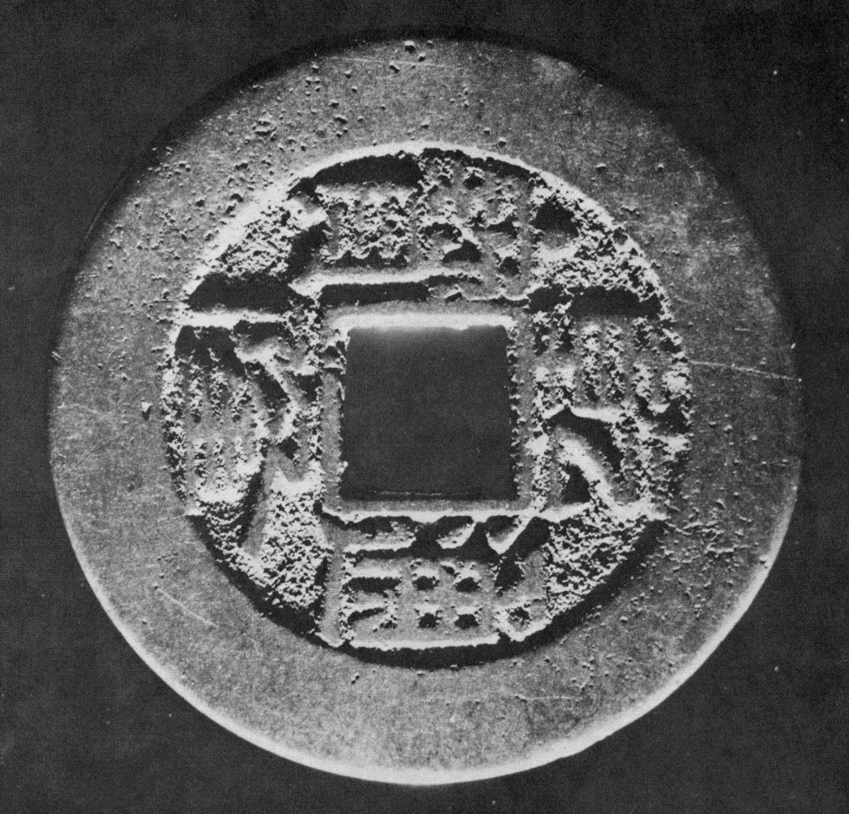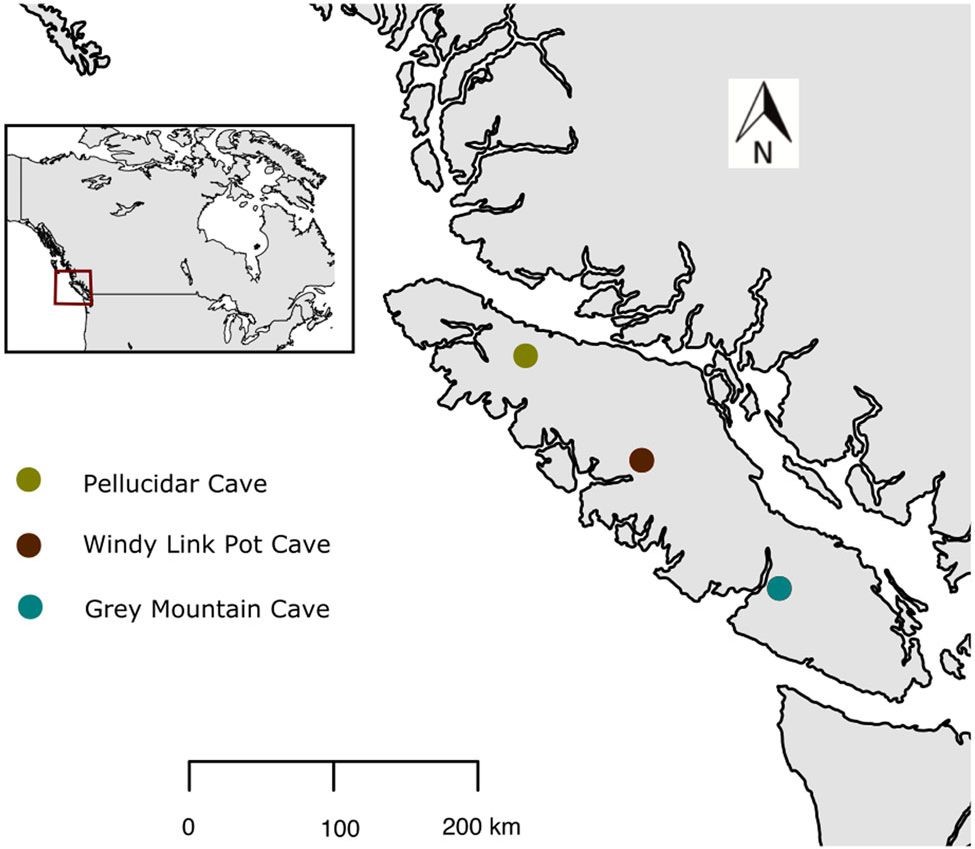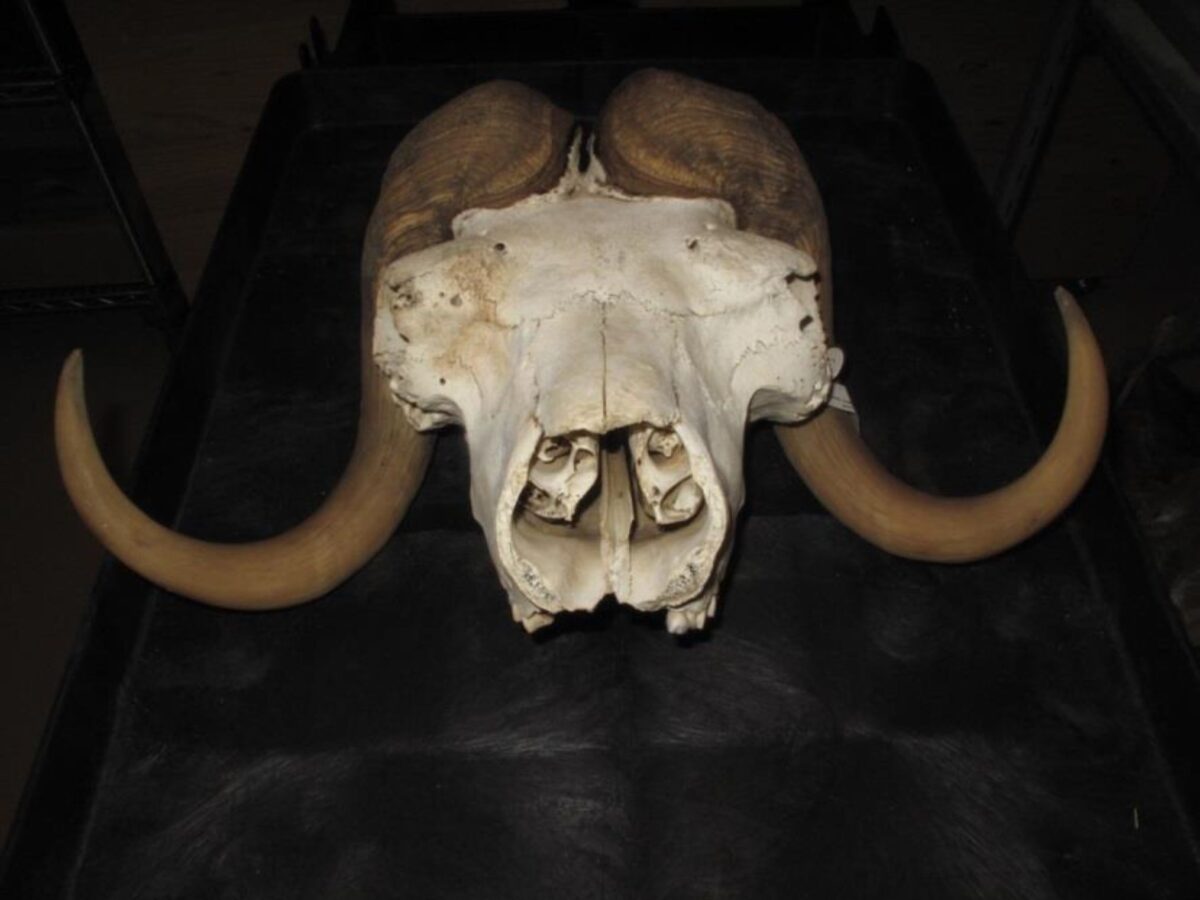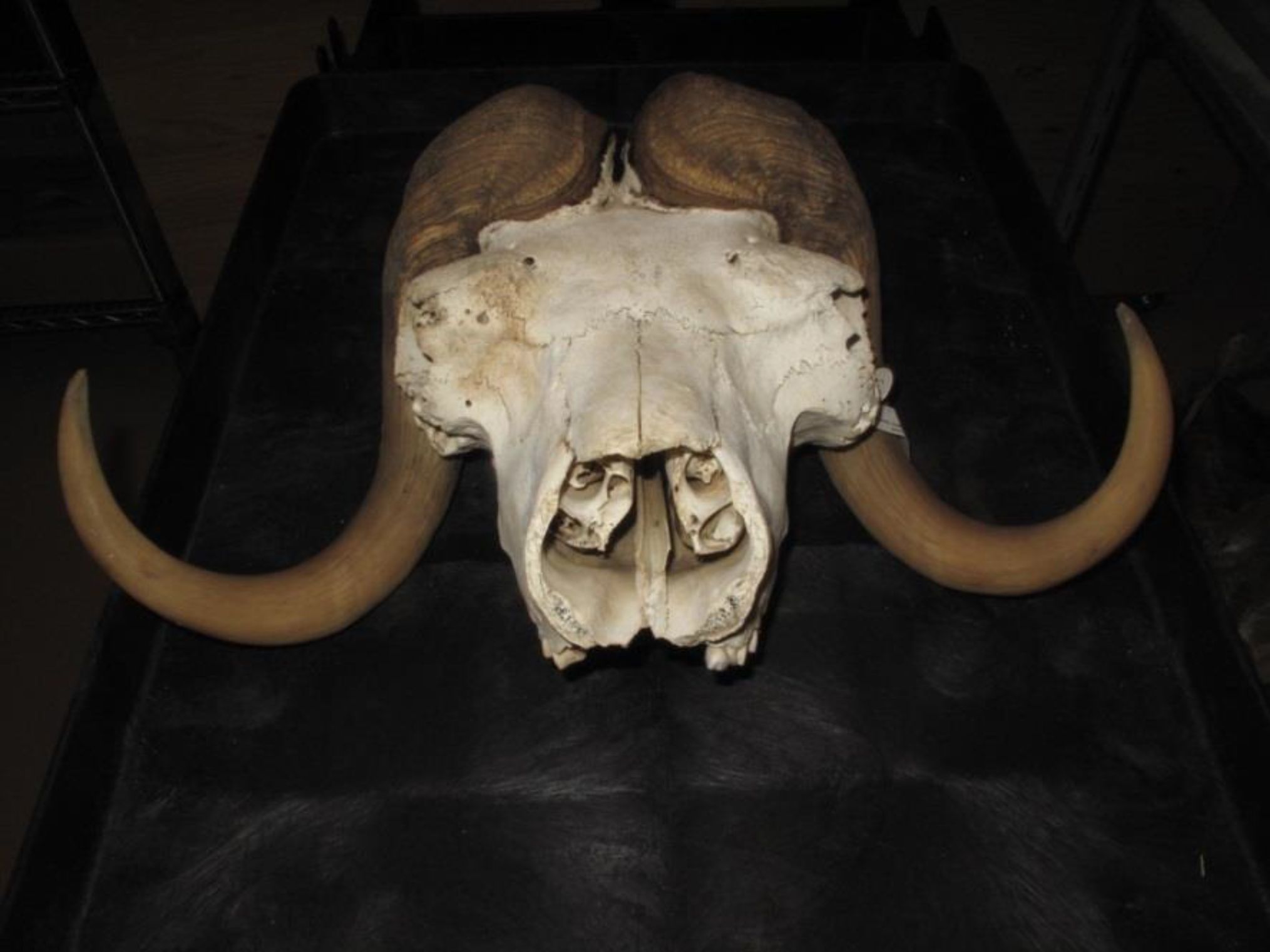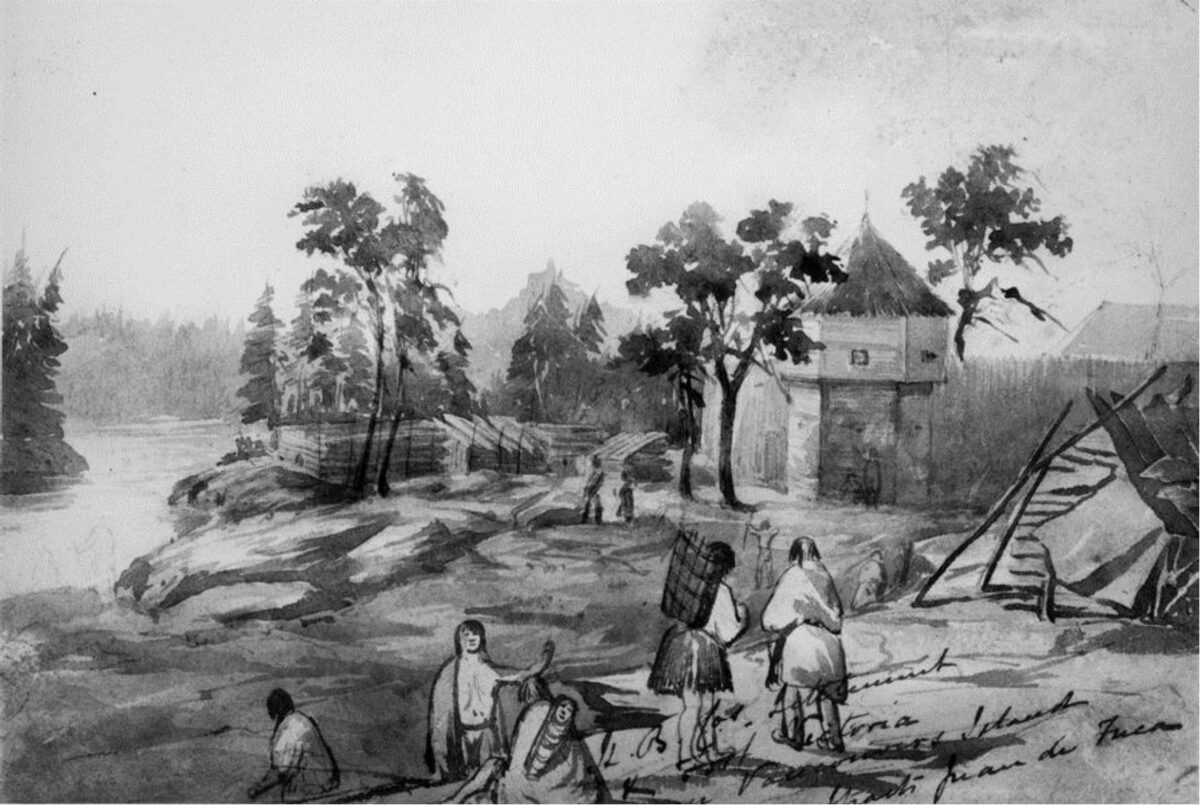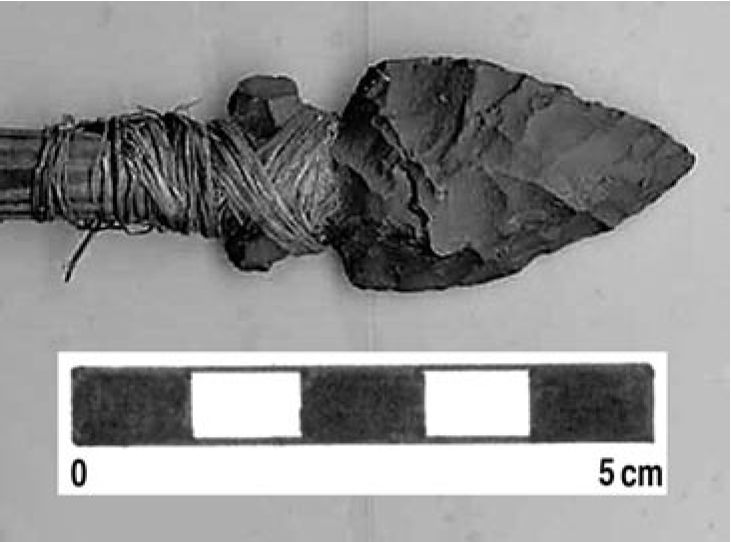
By Grant Keddie. April 28, 2020. Introduction Twenty one thousand years ago a glacier that advanced from the north into Saanich Inlet melted away into a large fresh water lake. The lake burst through to the south sending millions of tons of sands and gravels across the landscape creating what is known as the Colwood Delta. Buried in the upper portions of this delta were the remains of a 20,000 year old mammoth. Over the last 100 years these sands and gravels have been largely removed and used to create the buildings and roads of the region. The community of Royal Bay has now immerged from the base of this ancient Delta. The Human History The landscape in the Royal … Continue reading “A History of Royal Bay. In the City of Colwood”
